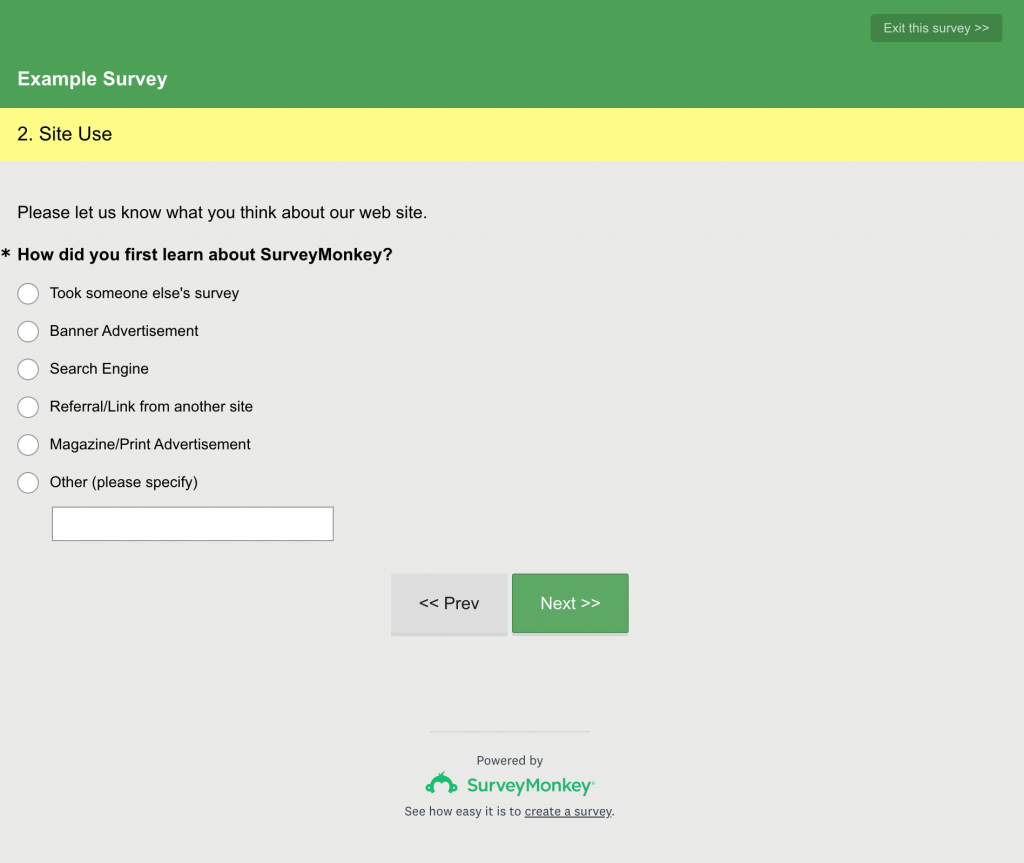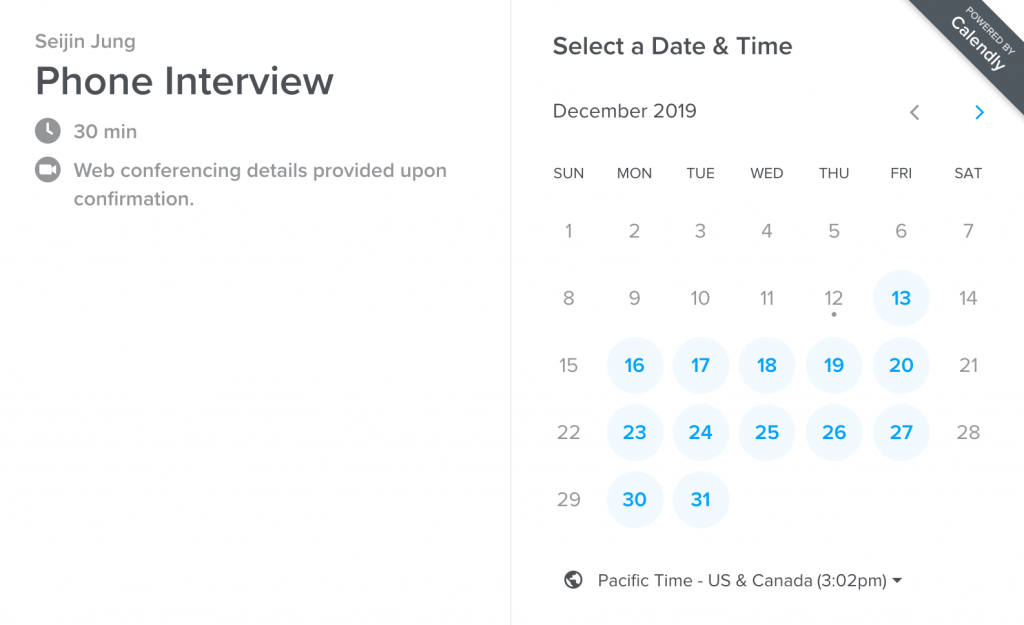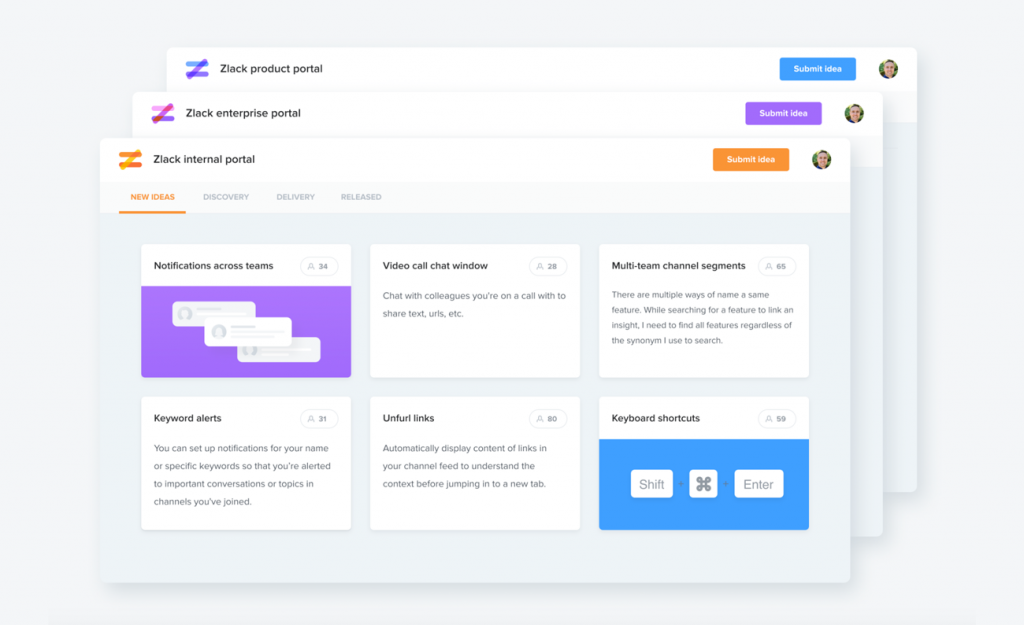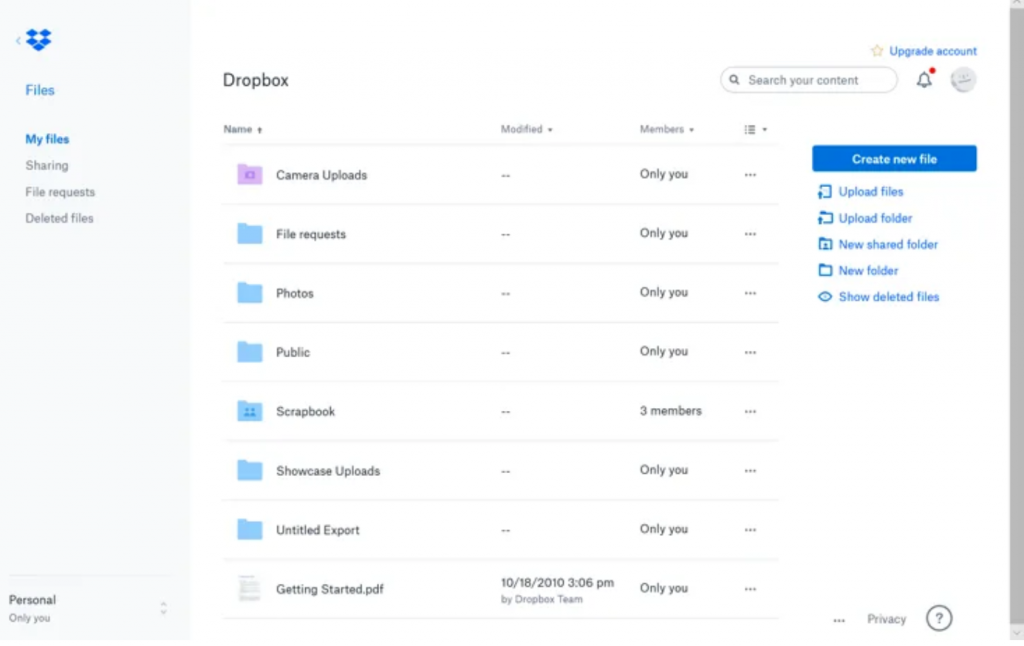What is product-led growth? How it works and 5 companies that are doing it right

It seems like every tech company these days is excited about product-led growth. And rightfully so. When a product-led growth strategy is executed well, your product sells itself, leaving your teams with more time and resources to focus on the end user.
If you’re a user of any successful product-led growth product, chances are you didn’t hear about them through a cold call. You may not have even heard about the product before you started using it. Products in this category grow through word-of-mouth or social virality, not via traditional marketing and sales channels. But that’s not the only thing they have in common.
According to Blake Bartlett of Openview Ventures, product-led growth companies share a few key traits:
Virality: Product-led growth companies grow by word-of-mouth or by encouraging sharing within the product. Think about the first time you booked a meeting via someone’s Calendly link. If you hadn’t heard of Calendly before, you became a user through a product-led growth model.
Frictionless sign-up: Product-led growth companies make it easy for you to sign up for their product. That means anything from single-sign-on to asking for the bare minimum information before you can get your hands on the product and receive value from it.
Deliver value quickly: Product-led growth companies deliver value to users as quickly as possible. Since most product-led growth companies rely on social sharing to grow their user base, this is even more important because it increases the chance that they will tell a friend and create a viral loop.
Value before money: Many product-led growth companies have a free trial or freemium business model so users can receive value from the product before paying for it. Users are much more willing to pay for a product once they understand how they benefit from it, and may be more inclined to tell their friends and colleagues about it as well.
End-user focus: Product-led growth companies take a bottom-up approach to growth. The customer is no longer the key stakeholder, but the end user. By focusing on the person with a problem that needs to be solved, product-led growth companies are able to spread much faster. Aren’t you more likely to tell everyone you know about that new product that solved your file-sharing woes than a product that increases ROI?
To see all this in action, let’s take a look at how some of the biggest names in product-led growth approach their products and business.
SurveyMonkey

It makes sense that SurveyMonkey, the leader in web-based surveys, chooses to employ a product-led growth model. After all, virality is built into the very concept of survey-taking.
Let’s illustrate with an example. Say you’re a savvy business owner who wants to know how your customers feel about the latest feature you released. The best way to find out is with a SurveyMonkey survey.
You send the survey to your customer base. Some of them might have used SurveyMonkey before, some of them might not have. Some of them might not have even heard of SurveyMonkey.
Regardless, your customers are helpful and have feedback to share, so they all click on the link you sent them and take the survey. They see that the survey is “Powered by SurveyMonkey.” Now they’ve been exposed to the brand.
Even more importantly, because they used the product to fill out the survey, they are now SurveyMonkey users. And what did SurveyMonkey have to do to acquire all these users? Absolutely nothing. (Well, they had to acquire you and build a great product, but that’s a given in the product-led growth model.)
This snowball effect of customer acquisition is one of the key benefits of a product-led growth model. And it’s probably why SurveyMonkey is still boasting 20% YOY growth 20 years later.
Calendly

Another inherently viral product, Calendly employs a product-led growth strategy similar to SurveyMonkey. Calendly was born out of a genuine pain many users have — the back-and-forth dance of scheduling meetings. In this sense, Calendly is already set up to be a product-led growth company. But what makes it viral?
Calendly can’t exist with just one user. A single user (let’s call her Martha) can’t do anything on her own with Calendly. But when Martha sends her Calendly link to someone else and they schedule a meeting with her, both parties receive value. The inherently collaborative nature of this product creates a “viral loop of value.”
Every time Martha sends someone her Calendly link, she is both using and promoting the product. Let’s say she sends her link to George, someone who has never heard of Calendly. George clicks on the link and is immediately presented with Calendly branding. George uses the link to book a meeting with Martha and sees how easy it is. He starts using it, sending people his Calendly link. They start using it. And so on and so on.
Through this viral loop, Calendly can acquire new users without any additional effort. They acquired Martha (let’s say through traditional sales and marketing means) and let the product take it from there. That’s viral growth!
Slack

Unlike SurveyMonkey and Calendly, everyone’s favorite chat tool relies on a slightly different model of product-led growth. Calendly and SurveyMonkey are designed for users to collaborate outside of their teams and organizations. The value of Slack lies in allowing users to reach everyone in their organization in one place.
As more people in an organization begin using Slack, the more value everyone receives (It has never been easier to reach everyone you need, even across functions). This is called the network effect. The network effect enables products like Slack to expand rapidly once they enter an organization.
Let’s go back to Martha, our tech-savvy, early adopter of innovative products. Martha downloads Slack, then convinces one of her teammates to download Slack so they can work on a project together. Pretty soon, they’ve convinced the rest of their team to join Slack as well.
With each new user that joins, Martha can collaborate more effectively across functions. She continues on her recruiting streak and soon convinces the entire company to begin using Slack. As with a viral growth model, Slack gains many users with just the resources required to acquire Martha.
This network effect and viral growth model both contribute to the explosive, exponential growth that Slack has enjoyed over the last few years.
Productboard

As we’ve seen, product-led growth strategies are all about having a product that can grow on its own. The theory is — if your product solves a real problem, then users will find value in it and tell their friends.
Productboard is a system designed to help product managers complete key product management tasks — gathering and processing user insights, establishing a clear product strategy, creating a flexible roadmap, earning buy-in from the organization, and increasing transparency into the product management process.
By deeply understanding and addressing the needs of its users, Productboard effectively drives word-of-mouth throughout the product management community. This is invaluable when it comes to new user acquisition.
Like Slack, Productboard is also highly collaborative.
Productboard’s product Portals give both users and their stakeholders (who may or may not be Productboard users) a space to come together around the product development process. Using the Portal (a public-facing board), product teams can share recent releases, upcoming features, and any ideas that are being considered. Customers, colleagues, and other stakeholders can comment and vote on the features that matter most to them.
Let’s say product manager Bob makes a public Portal and stakeholders engage with the listed features. Bob is happy because he gets real, valuable feedback. Even more, those who left feedback have been exposed to Productboard, and now have an idea of how it can help them in their work. This creates a loop of viral adoption for Productboard. It’s a win-win for everyone.
Dropbox

Last but not least on our list of product-led growth darlings is Dropbox. Dropbox fills its user needs (easy file storage and sharing) with a simple, easy-to-use product and backs it up with features that encourage even more collaboration and sharing.
Let’s go back to Martha again. This time, Martha has a file she needs to share with a teammate (or even with someone outside of her organization). She uploads it to Dropbox and sends the link to her (non)teammate. They open the link. Ta-da! They are now a Dropbox user.
This chain continues.
Eventually, Martha wants everyone to see what she’s made. She links the Dropbox file to her public website. Now people are becoming Dropbox users without even having to directly communicate with a current Dropbox user (and without having to sign up).
Dropbox takes product-led growth tactics one step further by capitalizing on features like shared folders and referral bonuses — both of which have built-in virality. Their referral program gives users extra storage space for every new user they bring into the platform. Existing users are happy to get free storage and more than willing to share their Dropbox links via blog posts, emails, and social media. All the new users the referral program brings in are happy because Dropbox solves their pain points.
No wonder Dropbox reached $1 billion in revenue in less than 10 years.
Is product-led growth right for everyone?
The product-led growth model changes the way you think about your product, your users, and the relationship between the two. All the products discussed above incorporate virality and the network effect as part of their strategies. They are all products built around collaboration and sharing. And they are all really good at what they do, experiencing fast, explosive growth.
But that doesn’t mean a product-led growth model is right for everyone.
To be as successful as the Slacks and Dropboxes of the world, you must first build a great product that addresses real user pain points. If you can’t solve user problems in a way that works for them, it doesn’t matter how much virality (or other hack) you try to incorporate into your product — product-led growth won’t work for you. The foundation of an excellent product must be there first.
. . .
Productboard is a product management system that enables teams to get the right products to market faster. Built on top of the Product Excellence framework, productboard serves as the dedicated system of record for product managers and aligns everyone on the right features to build next. Access a free trial of Productboard today.


![The CPO’s Blueprint for Annual Planning: An Opportunity to Drive Change [Part 1]](https://www.productboard.com/wp-content/uploads/2024/11/strategy-blueprint-560x293.png)



